How To Make A Bouquet Garni Or Herb Bundle For Cooking
If you’re a great cook, you may have made an herb bundle before. If this is a new idea, learn how to add sparkle and interest to your dish with a bouquet garni.
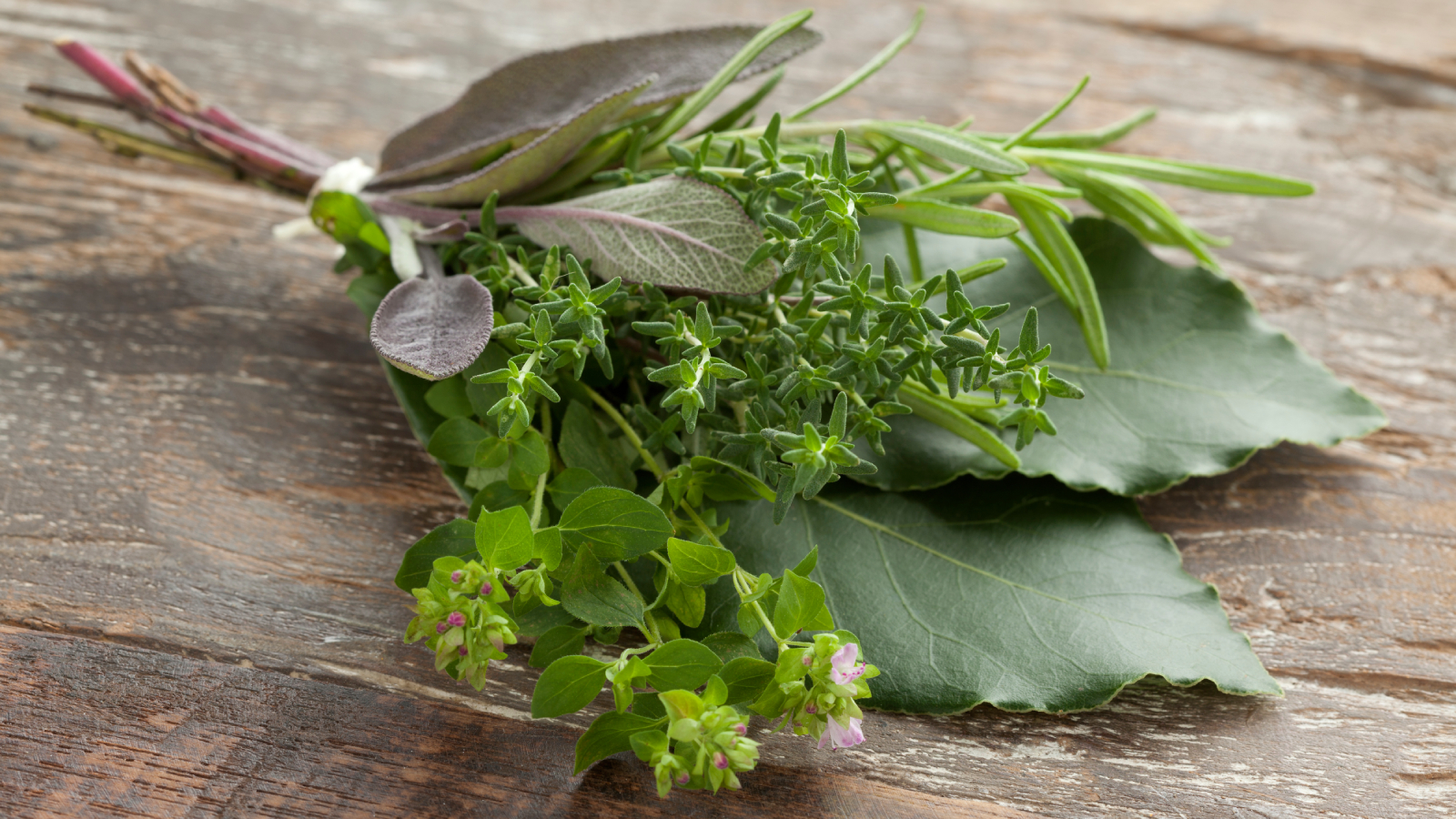

Amy Draiss
Whether or not you’re a major foodie, it’s easy to make a bundle of herbs for cooking. Spring is the perfect time to begin planting all your culinary herbs. You will have fresh herbs for cooking and grilling all summer. When fall and winter come around, you will be prepared with all your own dried herbs for soup season and all the warm comforting dishes you love.
Bouquet garnis are the classic French method for flavoring and garnishing braises, sauces, and of course soups and stews. A bouquet garni is simply a bundle of edible culinary herbs. Keep reading to learn how to make an herb bundle or bouquet garni.
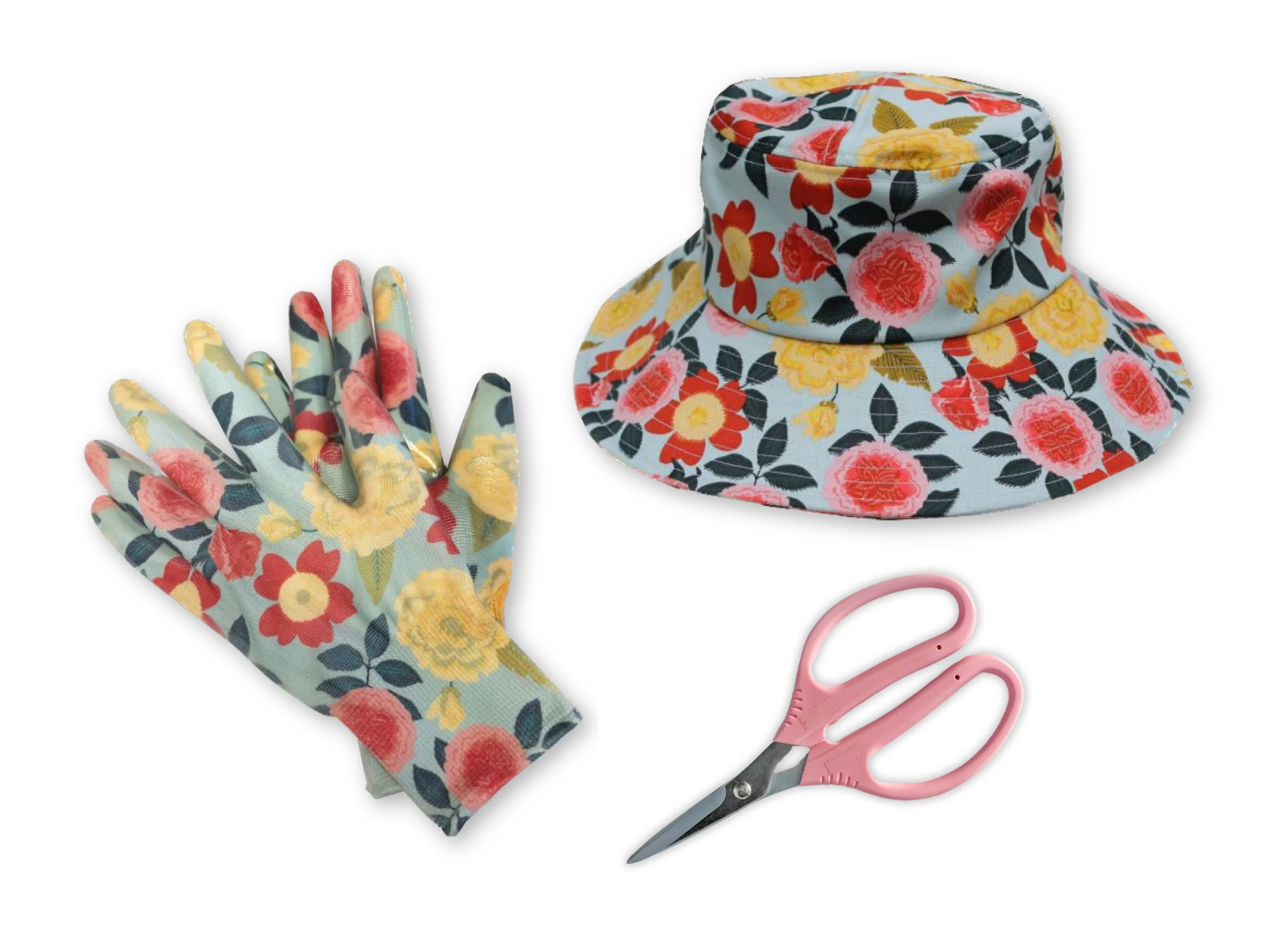
Harvest or prune your herb garden with this kit that includes herb scissors, breathable gardening gloves, and an adorable sun-blocking hat. Find in the Gardening Know How Shop.
What Is In A Bouquet Garni?
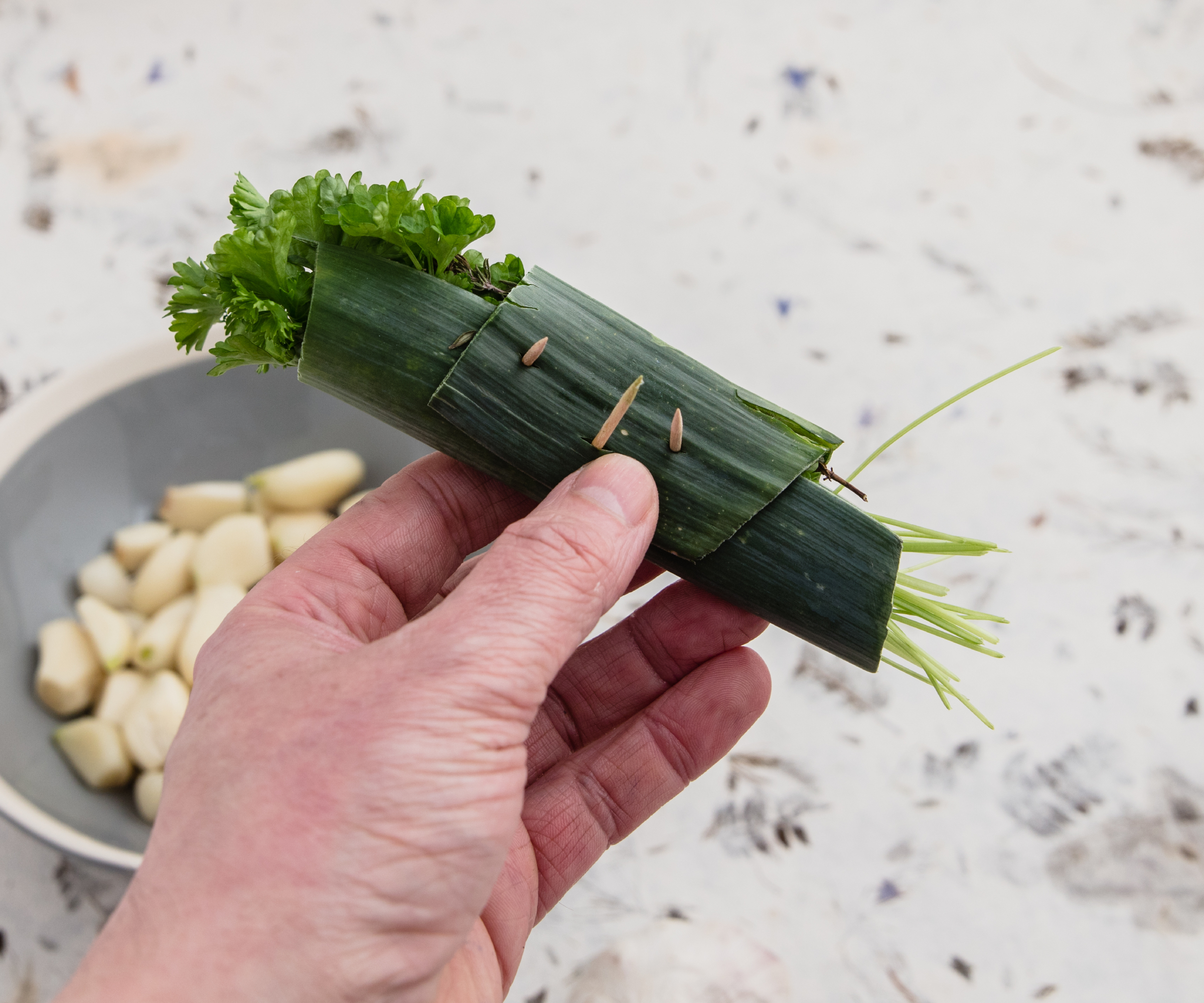
A traditional bouquet garni or “garnished bouquet” is often composed of just three fresh herbs: parsley, thyme, and bay leaf, usually wrapped in leek. This is an excellent healthy way to add flavor to foods that simmer rather than dumping in additional salt.
There is also a little less waste when using an herb bundle. You can use the parsley stems after plucking the tender leaves rather than tossing them out.
You can also adjust your bouquet garni according to your recipe or palate. You can use a variety of other herbs and spices like rosemary or peppercorn to deepen the flavor of the stock.
Although fresh herbs are traditional and impart the most flavor, in a pinch, you can also use dried herbs or dried herb bunches harvested from your own herb plants.
How To Make Fresh Or Dried Herb Bunches
Making a fresh herb bouquet garni is very simple. Using the leek as the outermost wrapping, lay equal-sized lengths of parsley and thyme inside the leek along with a bay leaf. The ratio is up to you however; traditionally you would use 4-6 parsley stems, 2-3 fresh thyme sprigs, and 1 bay leaf. You may also tuck in some peppercorns and garlic cloves.
Gardening tips, videos, info and more delivered right to your inbox!
Sign up for the Gardening Know How newsletter today and receive a free copy of our e-book "How to Grow Delicious Tomatoes".
Wrap the leek leaf around the seasonings and secure with butcher's twine or any food-safe unwaxed twine. You can leave a length of twine on the bundle to facilitate its removal or just pluck it from the hot food with tongs.
If you want to make herb bundles from the garden at their peak before winter sets in, harvest your herbs in the morning and then make the bundles. Omit the leek or fresh garlic in this instance. Just use equal lengths of herb and secure with butcher's twine. Leave enough twine on the end to hang the herb bundles to dry in a dry area of your home.
Bouquet garni is best fresh, but you may also freeze them, wrapped tightly in plastic wrap inside a freezer bag.
Variations Of Herb Bundles
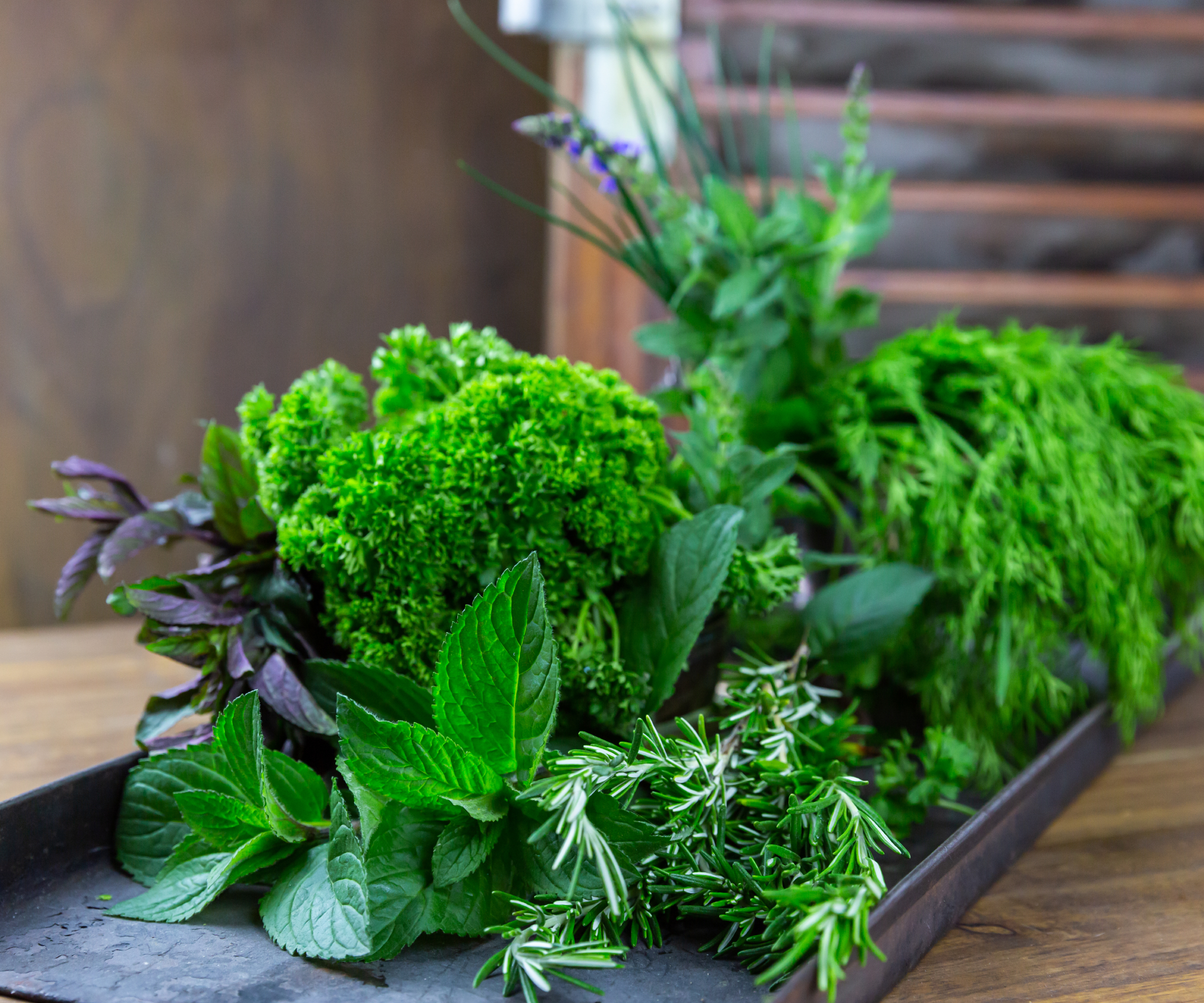
The sturdier herbs such as rosemary, sage, summer savory, thyme, and parsley are the easiest to air dry. You can make a traditional bouquet garni to dry or make hanging herb bundles suited to various cuisines. You can also just make herb bundles composed of a single type of herb for later use. Other additions to a bouquet garni might be chervil, tarragon, or basil.
You can tweak fresh herb bundles according to the type of food you are preparing. For instance, if you are making something Asian maybe use Thai basil, ginger, lemongrass, or dried orange peel.
You can also use previously dried herbs to flavor your dishes. Cut cheesecloth into a small double square. Fill cheesecloth with a mixture of ¼ cup (60 ml) dried parsley, 2 Tablespoons (30 ml) dried thyme, 1 tablespoon (15 ml) dried ground bay, or 2 whole large bay leaves and gather the ends together to form a little sachet. Tie with butcher's twine or other unwaxed line.
More Herb Garden Inspiration
- Planting herbs together in one pot is a great way to save space and have all the herbs you need at your fingertips.
- Check out our picks for the 8 easiest herbs to grow from seed, so you can get growing with minimal effort.
- Explore the Herb Seeds Collection in the Gardening Know How Shop for everything you need to get started on an indoor or outdoor herb garden.
- Take a walk on the wild side and try your hand at foraging for tasty and safe wild herbs in your neighborhood.
- Sign up for the free Gardening Know How Newsletter for more tips, tricks, and expert advice delivered right to your inbox.
This article features products available from third-party vendors in the Gardening Know How Shop.

Amy Grant has been gardening for 30 years and writing for 15. A professional chef and caterer, Amy's area of expertise is culinary gardening.
- Amy DraissDigital Community Manager
-
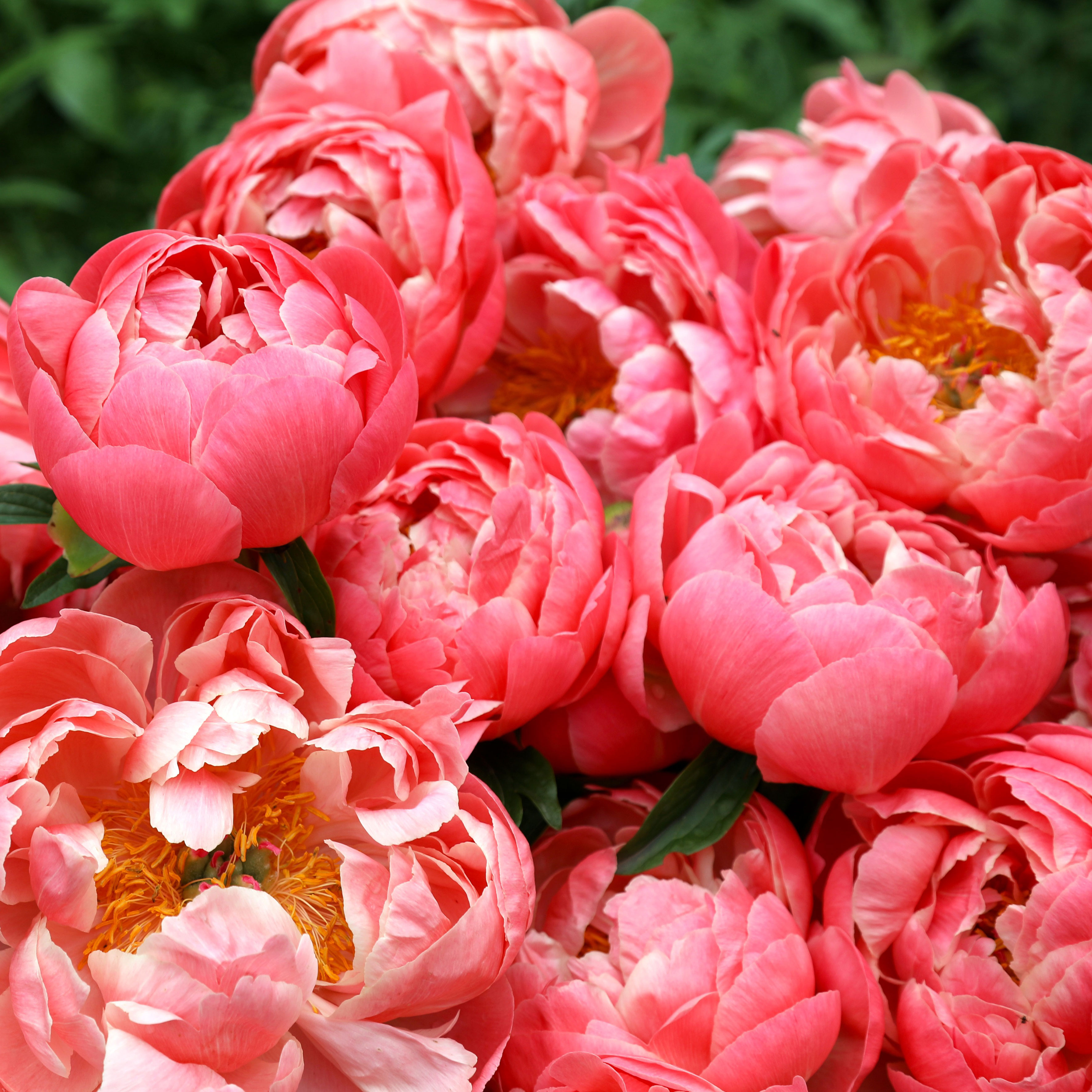 ‘Coral Charm’ Peony Care For Sublime Semi-Double Peonies With Lush Salmon Pink Flowers
‘Coral Charm’ Peony Care For Sublime Semi-Double Peonies With Lush Salmon Pink FlowersPeonies are known for their soft baby pink or magenta tones, but if plushy coral blooms are your thing, here’s our guide to the ultimate ‘Coral Charm’ peony care
By Tonya Barnett
-
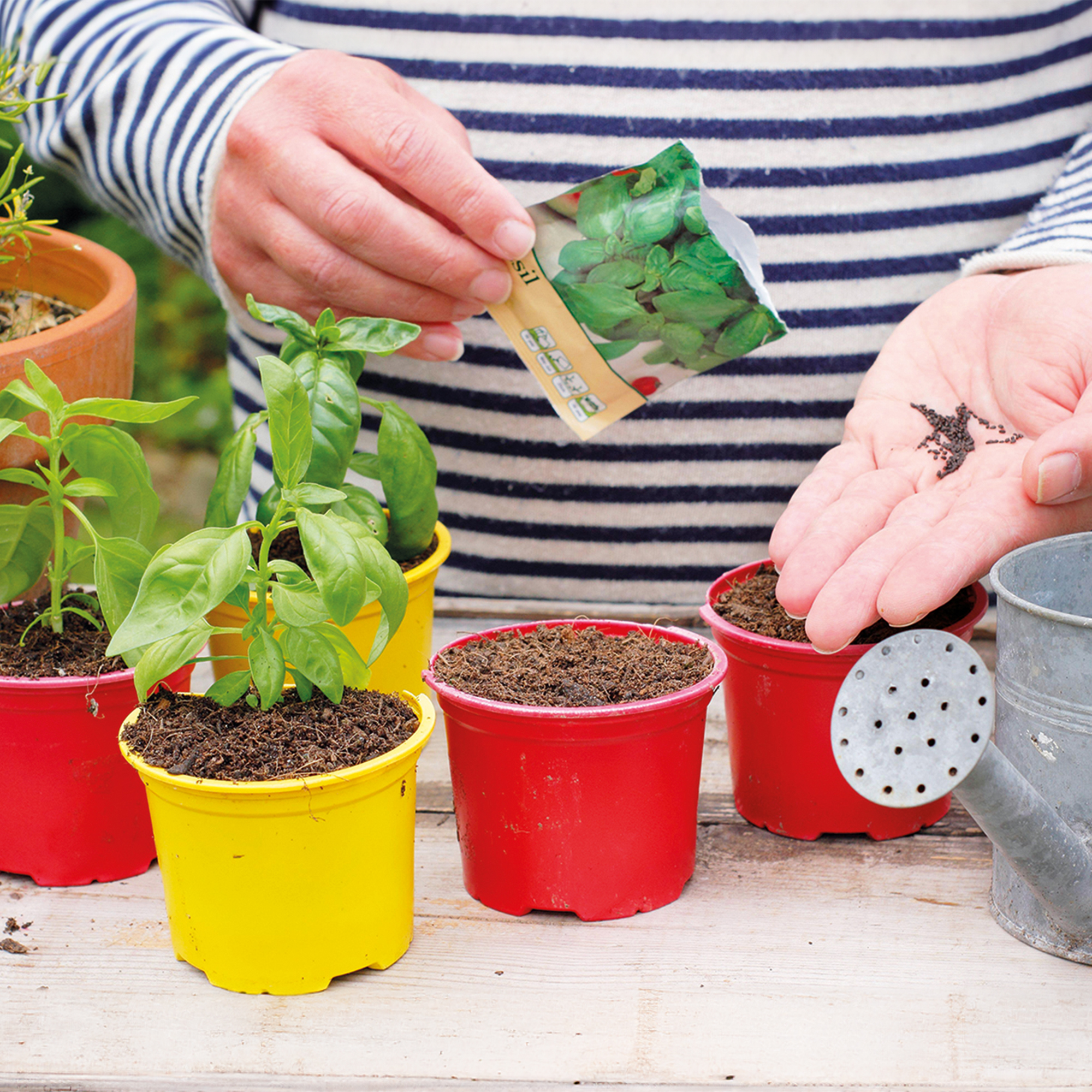 How To Grow Seeds Quickly: 8 Expert Tricks For Fast Flowers & Crops
How To Grow Seeds Quickly: 8 Expert Tricks For Fast Flowers & CropsIt's never too late to start growing! Jump-start your flower or vegetable garden with these pro tips and tricks for germinating seeds in record time.
By Amy Grant
-
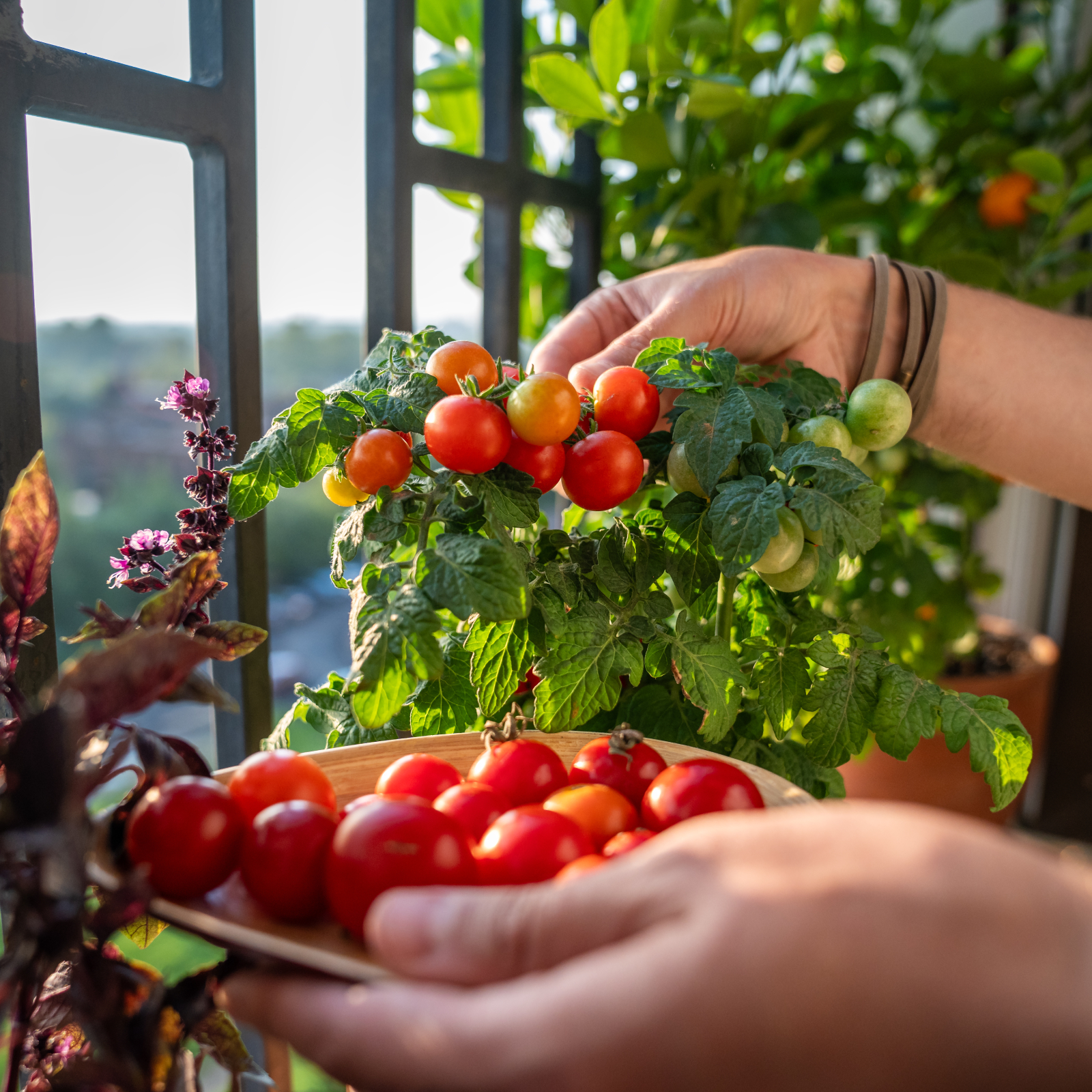 Best Tomatoes For Containers: 10 Tastiest Varieties For Plentiful Produce In Compact Areas
Best Tomatoes For Containers: 10 Tastiest Varieties For Plentiful Produce In Compact AreasThese are the best tomatoes for containers that prove you don't need to have a large space or elaborate garden to grow delicious produce.
By Bonnie L. Grant
-
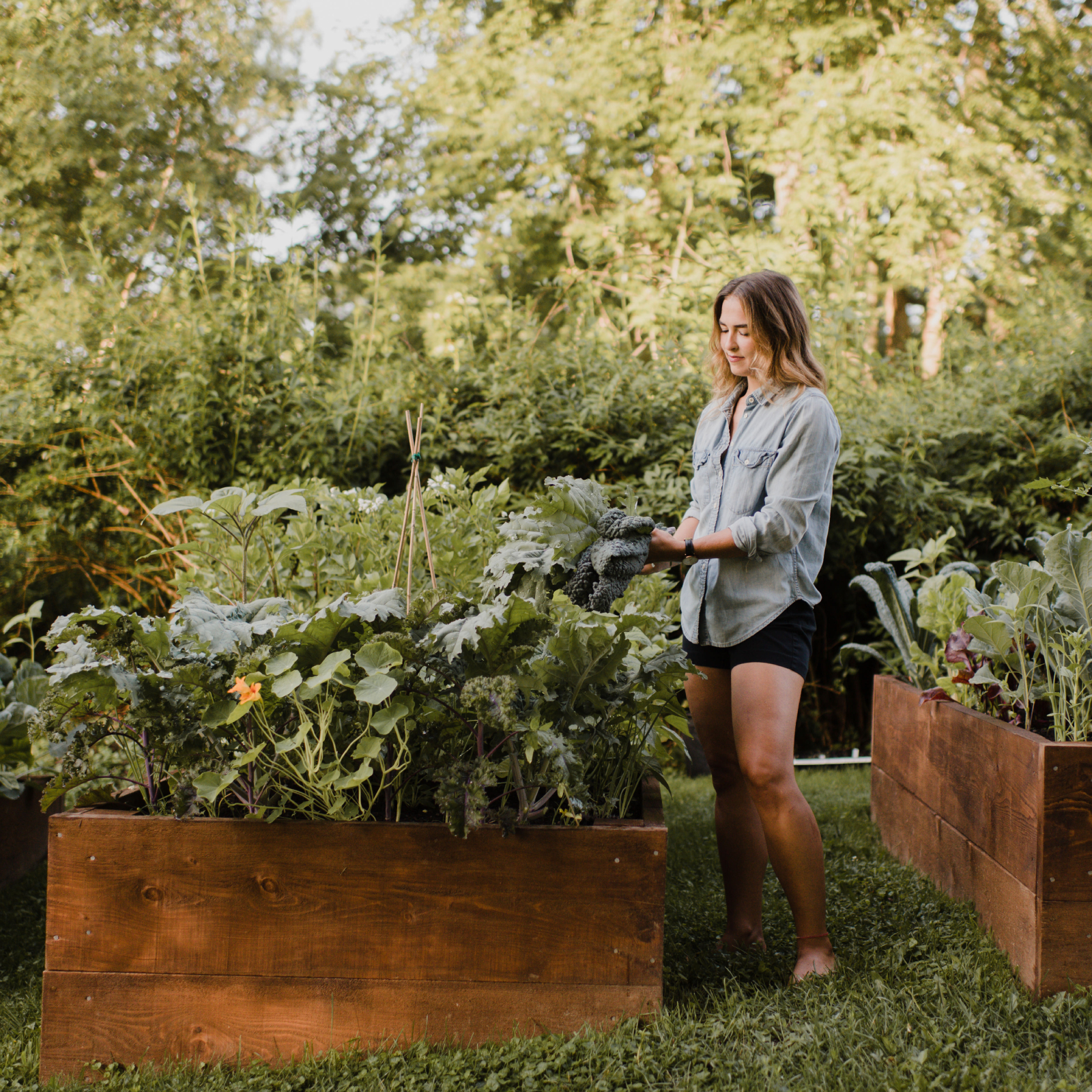 Raised Bed Garden Layout Ideas To Maximize Your Vegetable Harvest
Raised Bed Garden Layout Ideas To Maximize Your Vegetable HarvestCurious how to maximize your vegetable garden this year? Try these raised bed layout ideas and tips to get the most out of your space.
By Teo Spengler
-
 Best Herbs To Plant With Tomatoes: 6 Perfect Companions For Better Flavor & Bigger Harvests
Best Herbs To Plant With Tomatoes: 6 Perfect Companions For Better Flavor & Bigger HarvestsCertain herbs make excellent neighbors to tomatoes in the vegetable garden, repelling pests, keeping down weeds, and enhancing flavor. Try these top varieties.
By Mary Ellen Ellis
-
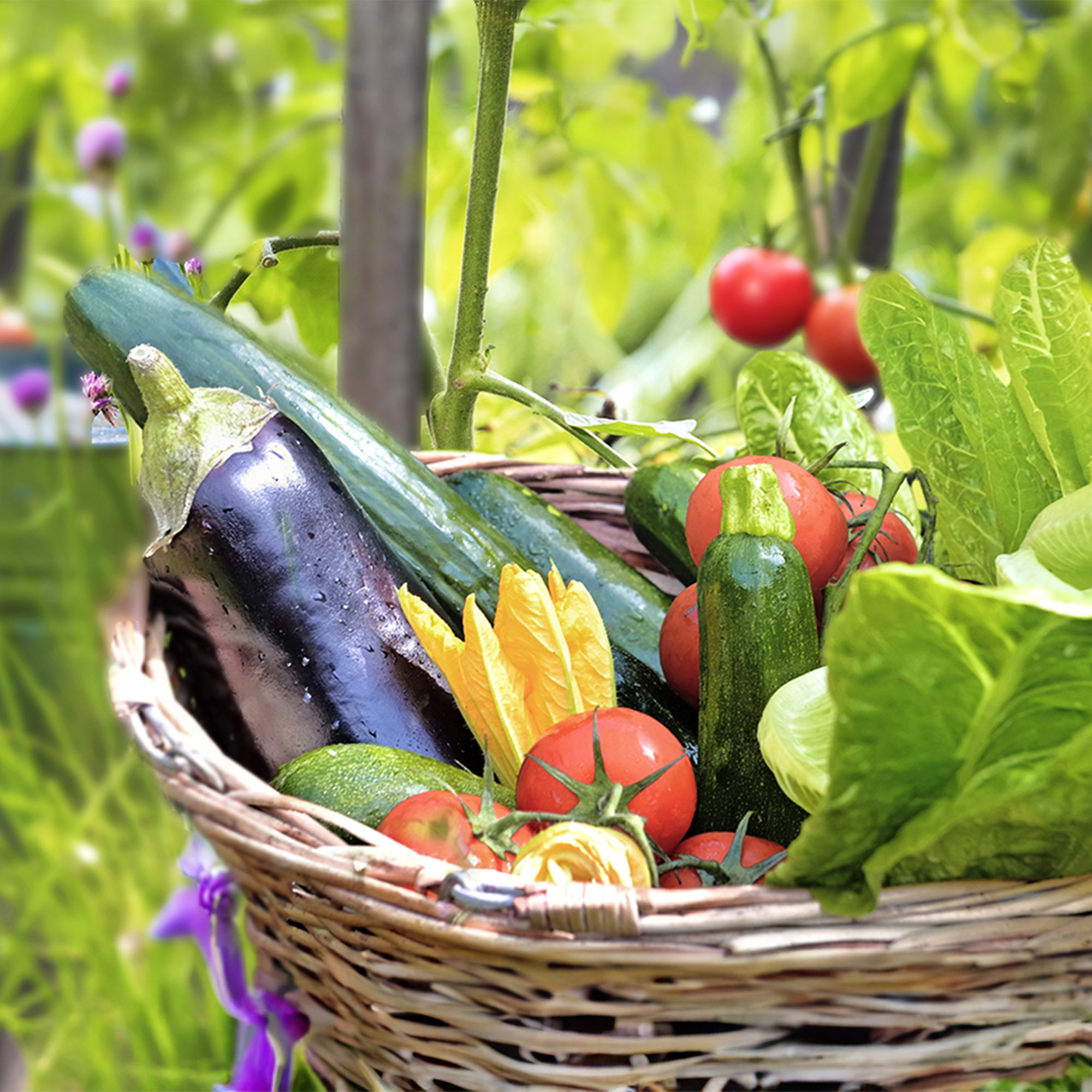 7 Best Vegetables To Plant In February – And Start Harvesting From Early Spring
7 Best Vegetables To Plant In February – And Start Harvesting From Early SpringGet a head start on your garden with these delicious veggies. Plant now and you can begin enjoying home-grown harvests sooner than you think.
By Mary Ellen Ellis
-
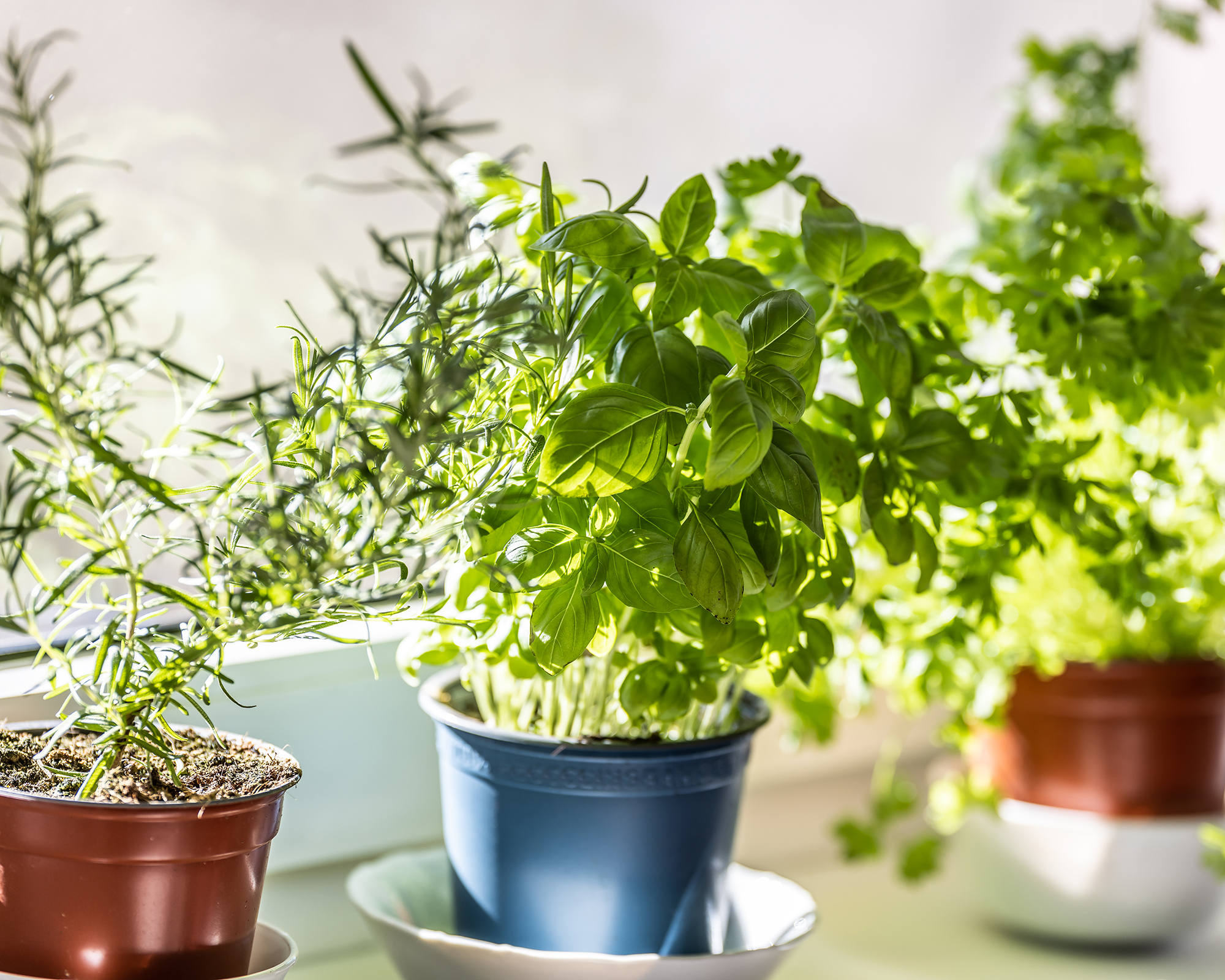 How To Grow A Windowsill Full Of Veggies This Winter, According To A Top Gardening Expert
How To Grow A Windowsill Full Of Veggies This Winter, According To A Top Gardening ExpertAward-winning journalist and climate-resilient gardening expert Kim Stoddart reveals her top plant picks and tips for a productive winter windowsill garden.
By Kim Stoddart
-
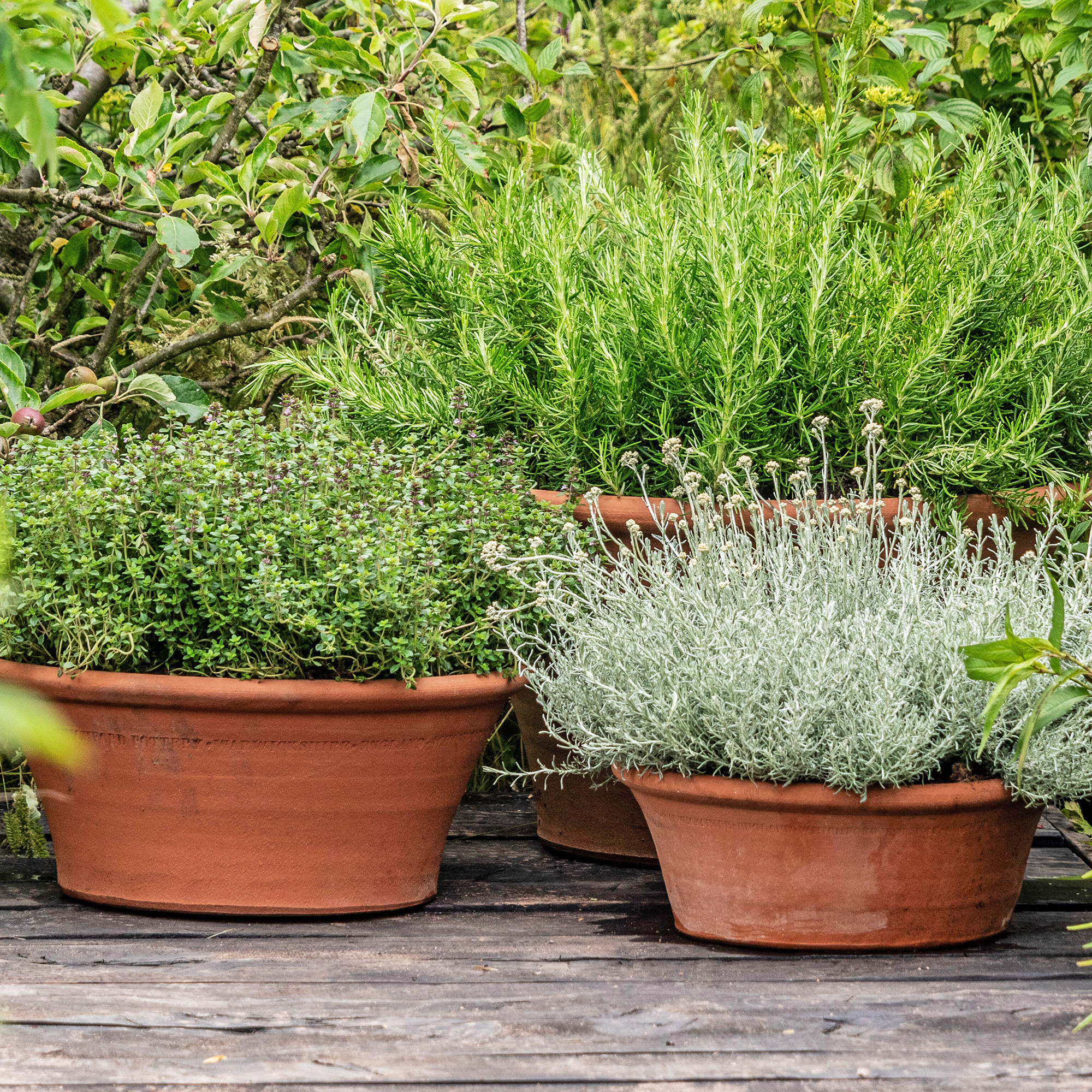 7 Perennial Herbs Perfect For Pots – Enjoy Aromatic Patio Harvests Year After Year
7 Perennial Herbs Perfect For Pots – Enjoy Aromatic Patio Harvests Year After YearDiscover the best perennial herbs to grow in pots. Ideal for small spaces, these low-maintenance plants offer year-round flavor and greenery on your patio.
By Bonnie L. Grant
-
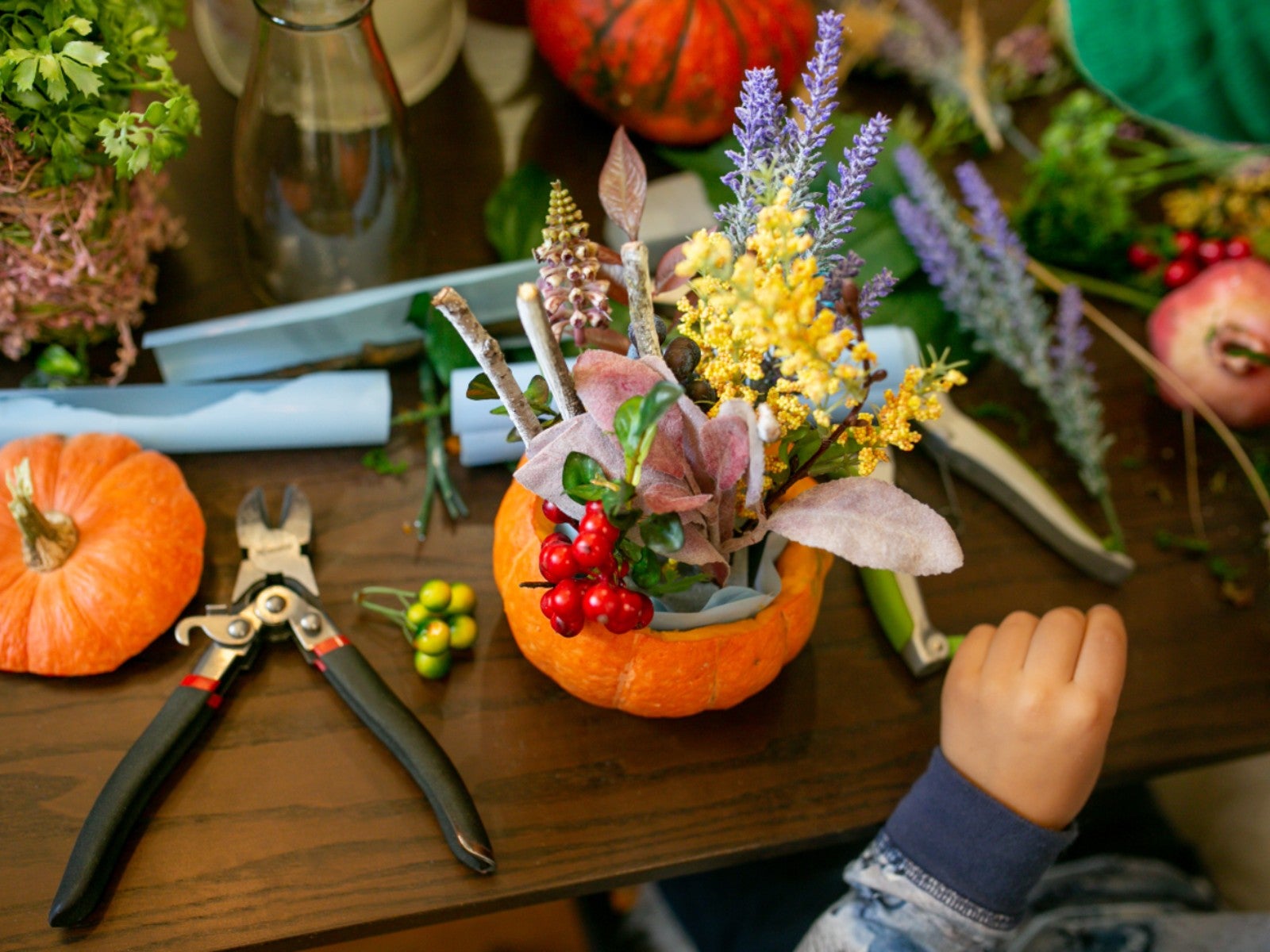 Do-It-Yourself Floral Pumpkin Centerpiece
Do-It-Yourself Floral Pumpkin CenterpieceCan you believe this pretty pumpkin centerpiece was made with just $13 worth of supplies? Plus, it was quick and easy.
By Amy Draiss
-
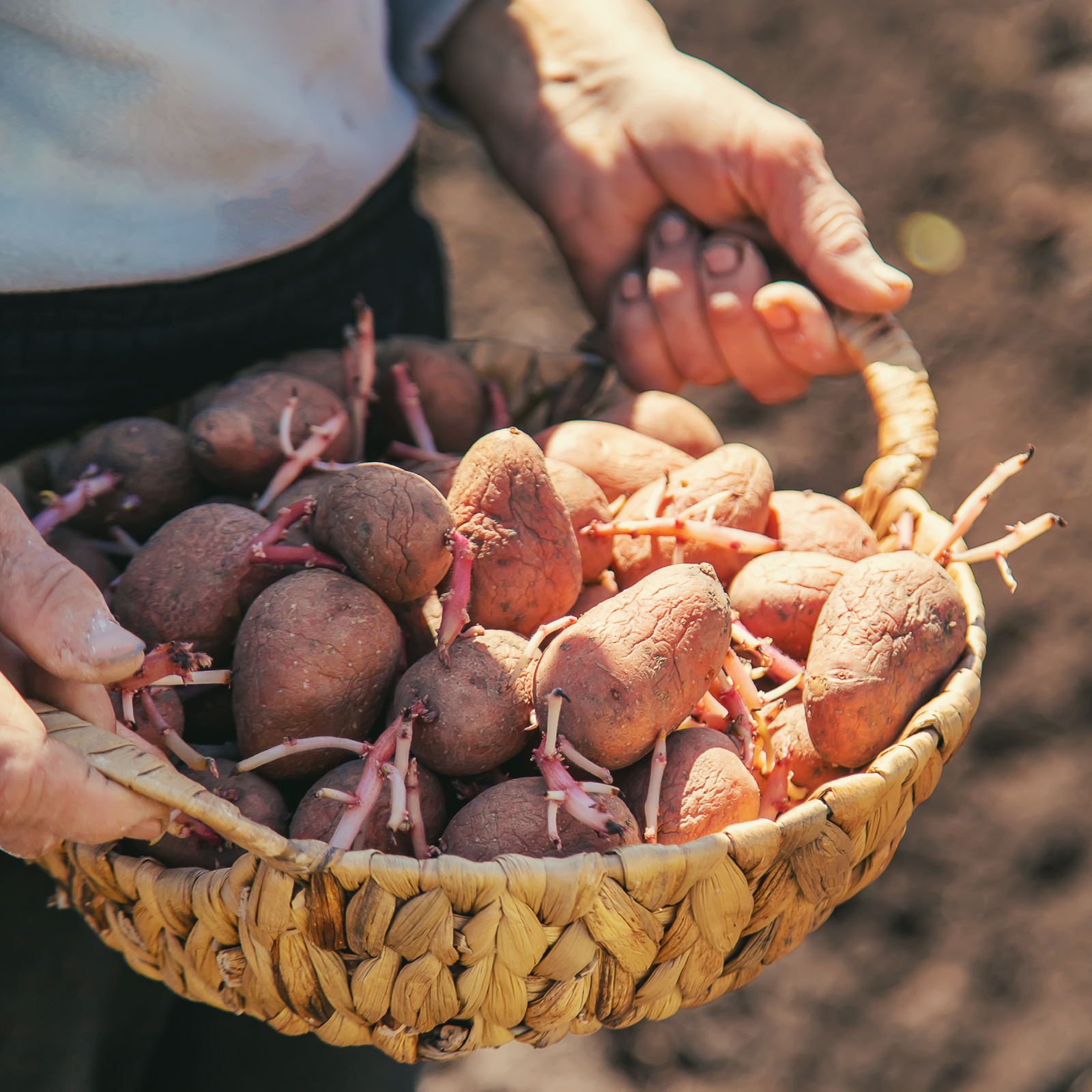 Can You Grow Potatoes From Potatoes You Bought At The Grocery? Let’s Give It A Try!
Can You Grow Potatoes From Potatoes You Bought At The Grocery? Let’s Give It A Try!Can you grow store-bought potatoes? The answer is yes! With a little preparation, you can get a nice harvest from potatoes that have sprouted in your pantry.
By Bonnie L. Grant